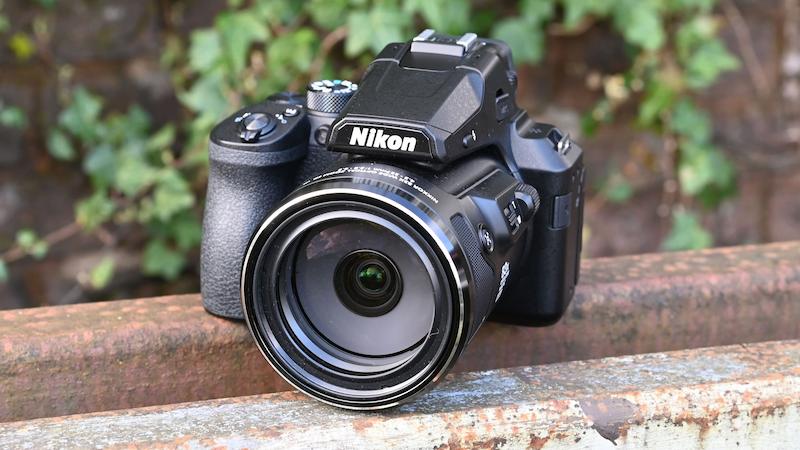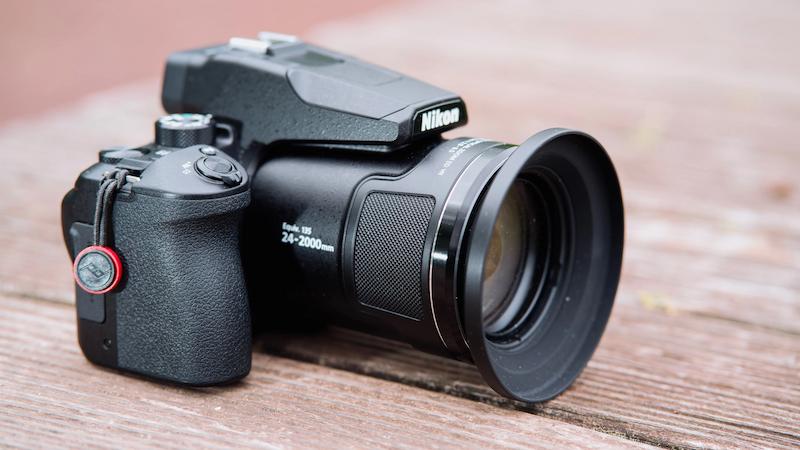Bridge digital cameras occupy the middle ground between point-and-shoot cameras and more advanced DSLR or mirrorless cameras. They combine the simplicity of compact cameras with some of the manual controls and flexibility of DSLRs. This guide will explain what a bridge camera is, highlight its key features, compare it to other camera types, and offer insights into when and why you should consider buying one.

What is a Bridge Digital Camera?
A bridge camera is a type of digital camera that “bridges” the gap between point-and-shoot cameras and DSLRs. It offers a fixed lens but often includes some advanced features, such as manual controls, a larger zoom range, and the option to shoot in RAW format. Bridge cameras are generally more compact than DSLRs but larger than point-and-shoot cameras.
They are ideal for hobbyist photographers who want more control and better image quality without needing the complexity of interchangeable lenses. With their powerful zoom lenses and ease of use, bridge cameras are perfect for various types of photography, from landscapes to wildlife.
Key Features of Bridge Digital Cameras
Bridge cameras offer a blend of features found in both compact and advanced cameras. Here are some of the most notable characteristics that define this type of camera:
Fixed Lens with Wide Zoom Range
One of the standout features of bridge cameras is the fixed lens that often has a superzoom capability. These lenses can offer zoom ranges from wide-angle to extreme telephoto, making them versatile for different types of photography.
DSLR-like Manual Controls
Bridge cameras are equipped with manual controls similar to DSLRs, allowing users to adjust aperture, shutter speed, ISO, and exposure compensation. This gives photographers more creative control than what’s typically available in a point-and-shoot.
Electronic Viewfinder (EVF)
Unlike DSLRs, which use optical viewfinders, bridge cameras come with an electronic viewfinder (EVF). The EVF shows a digital preview of the image and is helpful in low-light conditions, offering features like focus peaking and histogram displays.
RAW Shooting Capability
Many bridge cameras support RAW image format, which allows photographers to capture more image data than the standard JPEG format. RAW files are especially beneficial for post-processing and fine-tuning your photos.
Built-in Image Stabilization
With long zoom lenses, image stabilization is essential. Most bridge cameras offer optical image stabilization, helping reduce blurring when shooting handheld, especially at full zoom.

How Do Bridge Cameras Compare to DSLRs and Point-and-Shoots?
When choosing a camera, understanding the differences between a bridge camera and other types—such as DSLRs and point-and-shoot cameras—is crucial.
Design and Size
Bridge cameras are larger than point-and-shoots but generally more compact than DSLRs. They feature a fixed lens, meaning you can’t swap out lenses like you can with a DSLR. However, the superzoom lens compensates for this, offering a broad range of focal lengths without needing extra lenses.
Viewfinder Technology
DSLRs use optical viewfinders, which allow you to see directly through the lens, while bridge cameras rely on electronic viewfinders (EVF). The EVF gives you a digital representation of what the sensor captures, which can be advantageous for previewing how settings affect the image.
Autofocus and Shooting Speed
Bridge cameras typically have slower autofocus and continuous shooting speeds compared to DSLRs, making them less ideal for fast-action photography. However, they still offer solid performance for everyday shooting and more moderate action scenes like wildlife or sports.
Video Recording
Bridge cameras generally support 1080p or 4K video recording. Although their video quality isn’t quite at the level of professional DSLRs or mirrorless cameras, many bridge cameras perform well in video shooting, making them a good option for casual video makers.
Ideal Uses for Bridge Digital Cameras
Bridge cameras are versatile tools that serve a wide variety of photography purposes. Here are some of the most common scenarios where a bridge camera shines:
Conclusion
Bridge cameras are an excellent middle-ground option for photographers who want more flexibility than a point-and-shoot without the complexity of a DSLR. With powerful zoom lenses, manual controls, and high-quality image capabilities, they offer versatility for a wide range of photography needs. Whether you’re a beginner exploring new photography techniques or an enthusiast seeking a compact all-in-one solution, a bridge camera could be your perfect companion.
FAQs
Who should consider buying a bridge digital camera?
Bridge digital cameras are ideal for hobbyists, travel enthusiasts, or beginner photographers who want more control over their photography without the bulk or complexity of DSLR systems. If you need a versatile camera that can handle a range of shooting scenarios—like landscapes, wildlife, or casual photography—bridge cameras are a great option.
What are the advantages of using a bridge digital camera?
The key advantages of bridge cameras include their superzoom lens, which eliminates the need to carry multiple lenses, and their compact design. They also provide manual control options and RAW image capture, making them a great balance between convenience and functionality.
Can bridge cameras shoot video, and if so, how well?
Yes, many bridge cameras can shoot video, with most models offering 1080p or even 4K resolution. While they may not match the professional quality of high-end DSLRs or mirrorless cameras, they are excellent for casual video projects and vlogging, providing solid quality for everyday use.
